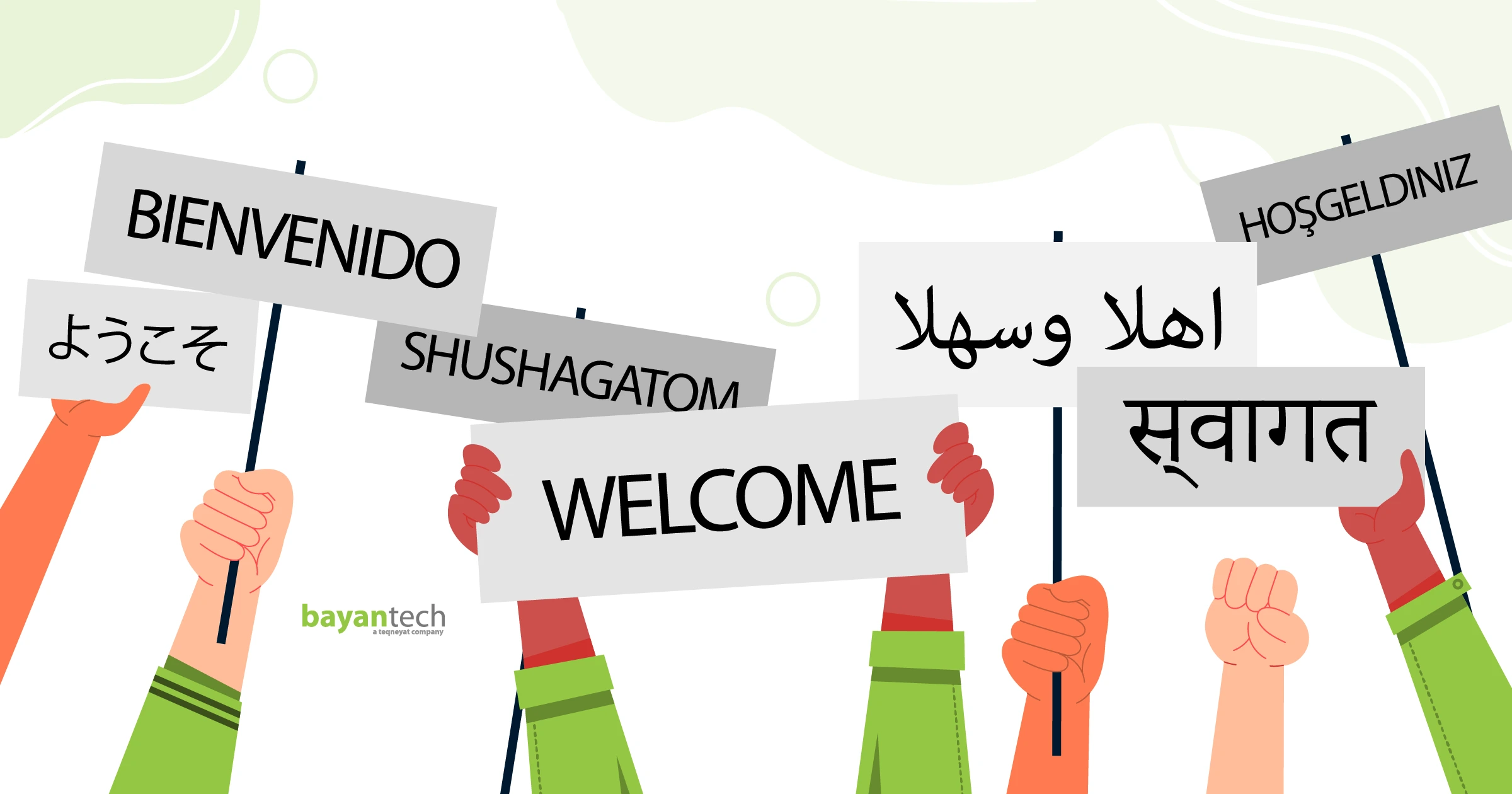A lot of posts go around on social media admiring the beauty of Arabic and how one word can have six different meanings only if the figuration of the word, or Tashkeel, changes.
Other humorous posts show how most Romance languages sound delicate, while German can come off as a bit…harsh.
Italian is known for its beauty and how hand gestures are pretty much part of the language; it’s so lively it has to be enacted!
Asian languages are very unique in writing and are a gateway to a very rich world.
But have you ever wondered about the language with the most words? We’ve done the research for you and here are some interesting facts.
Languages and Their Vocabularies
Let’s dive in and examine examples of languages with large vocabularies, their origins, and how their vocabulary came about.
1. English
English is a Germanic language with influences from Romance languages.
“What does that mean?” you ask.
People in Britain long ago used to speak Latin or Celtic, until the Anglo-Saxons from Germany invaded Britain in the 5th century CE. The language they brought to Britain was the Germanic language Anglisc, which later evolved into the old English language.
Romance languages, like French, Italian, Portuguese, and Latin, also had their impact on English. They are called Romance languages not because of how romantic they sound—even though they do sound beautiful—but because they come from Roman origins.
Because English is an international language with around 1.5 billion speakers around the world, a lot of English words are adopted from other languages, which enriches its vocabulary.
A lot of English words are actually loanwords, like alcohol and cotton borrowed from Arabic, anime from Japanese, balcony from Italian, and wanderlust from German.
Many accredited English dictionaries are good sources for English vocabulary. The most known are the Oxford English Dictionary, including around 170,000 words, Cambridge Dictionary, Collins Dictionary, and Merriam-Webster (did you know that this dictionary is named after two guys?).
2. Korean
Korean is an agglutinative language, which means it creates new words by combining morphemes (morpheme: the smallest unit of language that has meaning). This leaves room for creating many word combinations.
It has also been deeply influenced by the Chinese language and its vocabulary, containing a lot of words from it and even having letters similar to the Chinese letters in their written form.
The Urimalsaem dictionary, Urimalsaem meaning “the spring of our language,” is an open-source online dictionary for the Korean language with over one million words entries. It aims to include entries of all the new words and colloquial expressions.
Meanwhile, the Standard Korean Language Dictionary contains about half this number, because it has different criteria in determining the number of words, focusing more on the official standard language.
3. German
Now, let’s be honest: German unfairly gets a bad reputation for being difficult but it’s actually one of the easiest languages to learn.
Yes, it has very long words, but that’s because its system relies on compound words.
For example, the word for hospital in the German language is Krankenhaus, which combines two words: Kranken (to be sick) and Haus (house).
This system extends the language’s vocabulary, and it also makes it easy for language learners to guess the meaning of the new words they encounter.
4. Arabic
It’s believed that Arabic has around 12 million distinct words. But note that Arabic is a complex language, as it relies on a language system of roots and derivatives.
That makes it hard to pinpoint the actual number of distinct words. Still, Arabic is without a doubt one of the richest languages, known for being a poetic language full of literary devices.
5. Other Languages
Because agglutinative languages, like Turkish, Finnish, and Tagalog, depend on combining morphemes to create a new word, this means that these languages have more potential to continuously create new words, and possibly have bigger lexicons.
For example, in Turkish, the word Evlerden consists of three morphemes: “ev” meaning house, “ler” which indicates the plural, and “den” meaning from.

5 Reasons Why Defining and Counting Words Is Challenging
1. Variations of a Word
There’s the dilemma of whether to count inflected forms and conjugated words as original words or just variations. For example, would “run” and “running” be considered as two separate words or just one original word, “run”?
2. Multiple Meanings
There’s also the fact that one word in a language can have many different meanings. So, an option is to count it as one word and enlist all its meanings. Another option is to count each new meaning as a different word entry.
3. Compound Words
Another thing to consider is compound words. Some linguists would count “editor-in-chief” as one word and others would count it as multiple words in combined form.
4. Slang and Colloquialisms
Dictionaries often don’t enlist slang words and colloquial expressions as entries but they still are part of a language’s vocabulary. That makes it hard to count the number of words in a language, especially that slang is an ever evolving form of a language.
5. Loanwords
As mentioned earlier, loanwords are words borrowed from other languages. So, would rendezvous count as an English word? Or does it remain a French word regardless of its adoption in English?
So, does English have the most words?
Because each language has its own system and because even professional linguists differ in what counts as a word and what does not, we can’t really know the language with the most words.
All claims would be guesses, but an accurate answer will never be available since language is constantly changing and evolving, with new words coming up every day.
bayantech: Your Gateway to Cross-Border Communication
Regardless of word count, bayantech’s team are language experts. bayantech offers translation and localization services that help bridge the gap between cultures and help your business grow.







